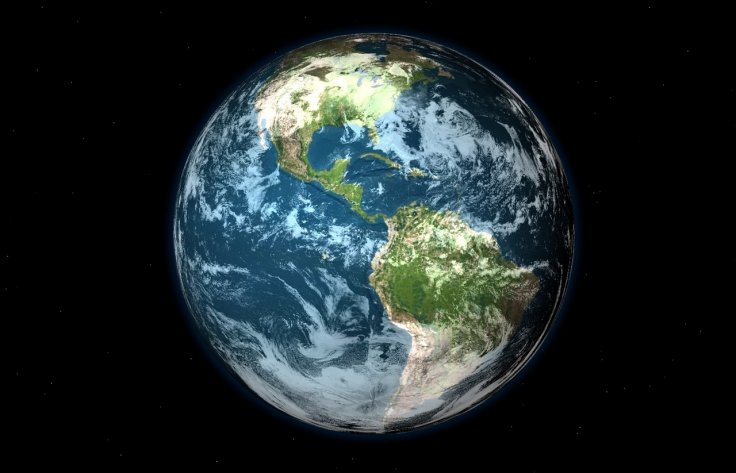The huge amount of nitrogen that is used as a fertilizer is leading to a rise in the emissions of nitrous oxide, which is a lesser-known greenhouse gas that contributes to climate change and also the depletion of the ozone layer. The emission of nitrous oxide is increasing at a rate of around two percent per decade and in 2018 the concentration of the gas in the atmosphere was about 22 percent above the pre-industrial levels, as per a study that was published in Nature. The paper involved 48 research institutions from all over the world.
"Now that we have started to draw pathways to net zero emissions, we must understand all greenhouse gases. It has taken us a very long time to understand how nitrous oxide emissions work, but we have learnt that emissions from natural sources haven't changed, while human emissions have increased a lot." Pep Canadell, co-author and the executive director of the Global Carbon Project stated, as reported by Bloomberg.
Nitrous oxide is the third-most available greenhouse gas after carbon dioxide and methane. It has around 300 times more warming ability than carbon dioxide and stays in the atmosphere warming the planet for 116 years. Unlike other gases that affect the ozone layer, its emission has not been banned.
Nitrous Oxide a Threat to the Earth

Another paper that was published in Nature showed that the ozone of the Earth has nearly recovered because of the 1987 Montreal Protocol, which put a ban on a class of harmful chemicals called chlorofluorocarbons. But the rest ozone hole over the Antarctic is very much volatile and depends on the weather conditions. After it shrunk in 2019, it has increased to its largest size in 15 years, Copernicus Atmosphere Monitoring Service of Europe stated.
Nitrous oxide gets released into the atmosphere from the fertilizers that make crops and pastures grow faster and also greener. Every year, over 220 million metric tons of nitrogen gets spread on the croplands as fertilizer and on pasturelands as manure produced by the livestock. Agriculture is responsible for almost 70 percent of the human emissions of the gas, scientists found.
The developing countries that are dependent on agriculture are the main contributors to the rise in nitrous oxide emissions in the last two decades, the scientists discovered. "The main problem we have in many parts of the world is that food production is subsidized by the state through agriculture subsidies that make fertilizers cheaper. If we cut fertilizer subsidies a little, farmers and corporations would start to be more careful about the amount of nitrogen they use," Canadell said.
Farmers forced to pay for the market prices for fertilizers in nations that eliminated or decreased subsidies have almost cut nitrogen use, the researcher said. Another study shows that excess nitrogen in the soil can lead to lower crop output. However, developing nations are sometimes reluctant to make a change in their agricultural policies.
The US has been responsible for emitting around the same amount of nitrous oxide every year for the last two decades, but a rise in the production of agriculture during that time suggests a more efficient use of the nitrogen fertilizers. Emissions in Europe decreased due to the implementation of policies regarding the cutting of emissions.
Noticeable curbs from the countries responsible for high emission would go a long way in the process of slowing the accumulation of the nitrous oxide in the atmosphere. New technology will be required to capture emissions that cannot be eliminated by efficiency measures.









